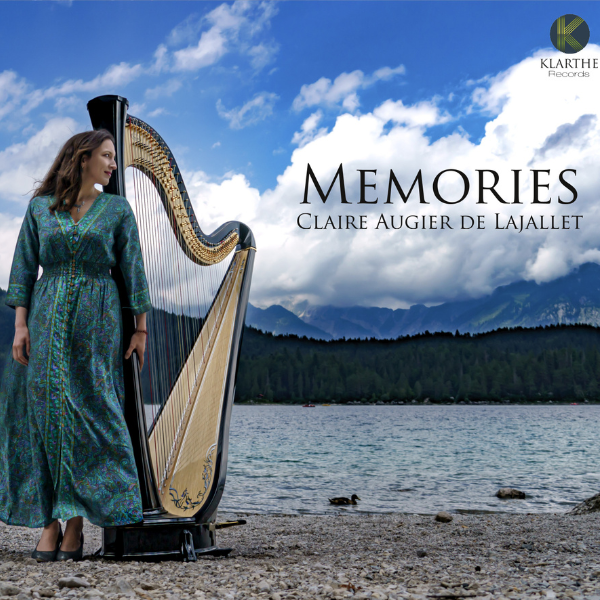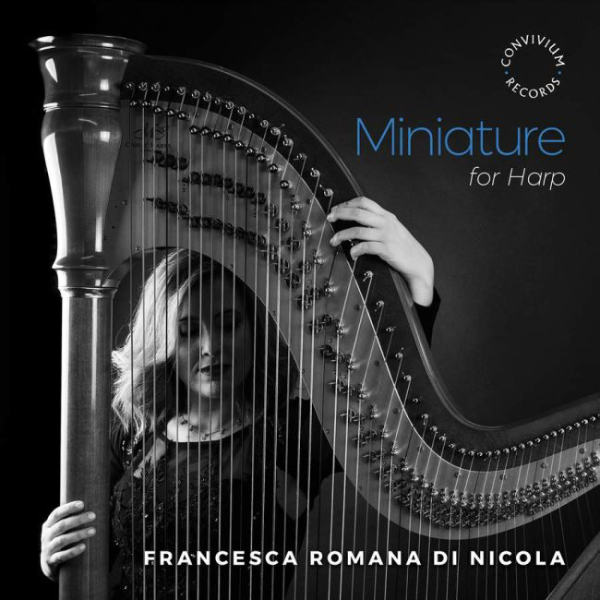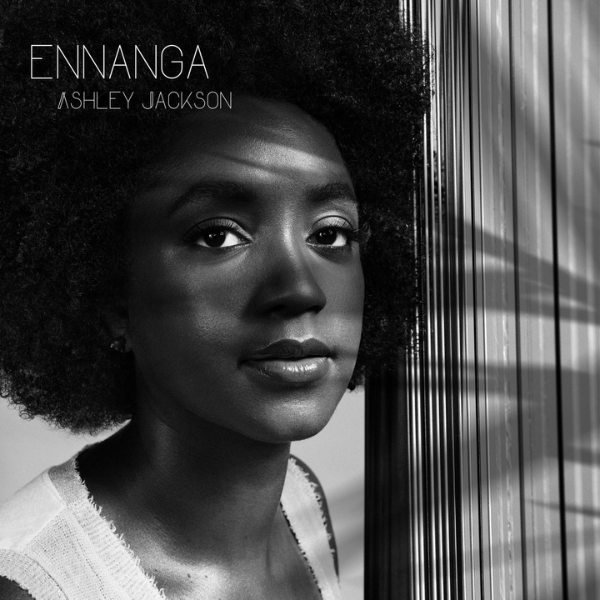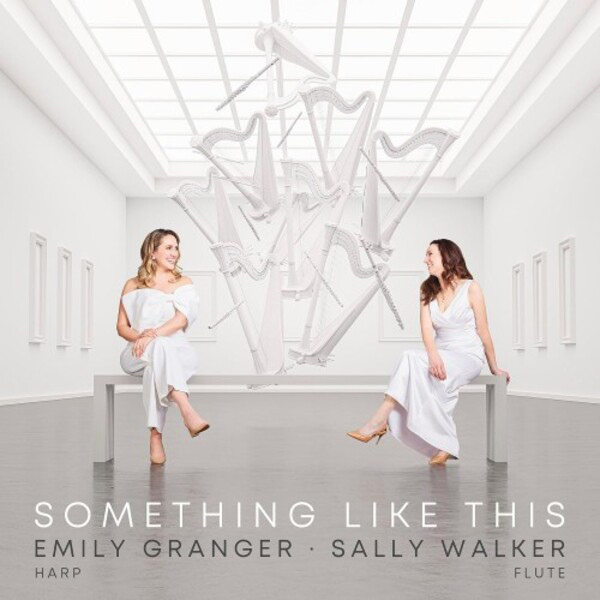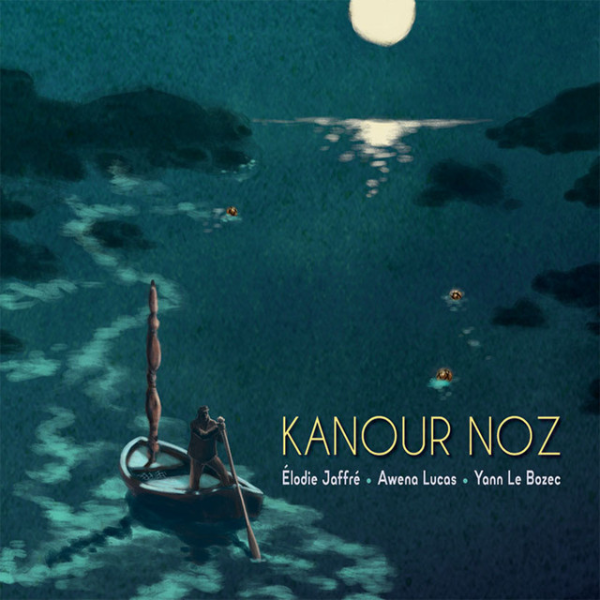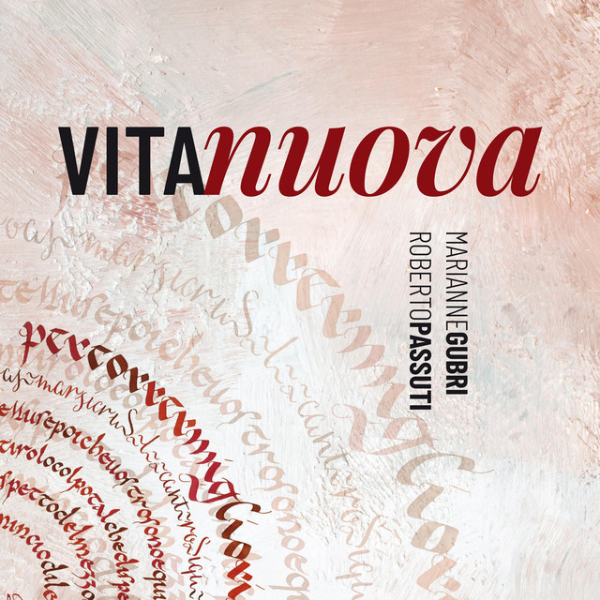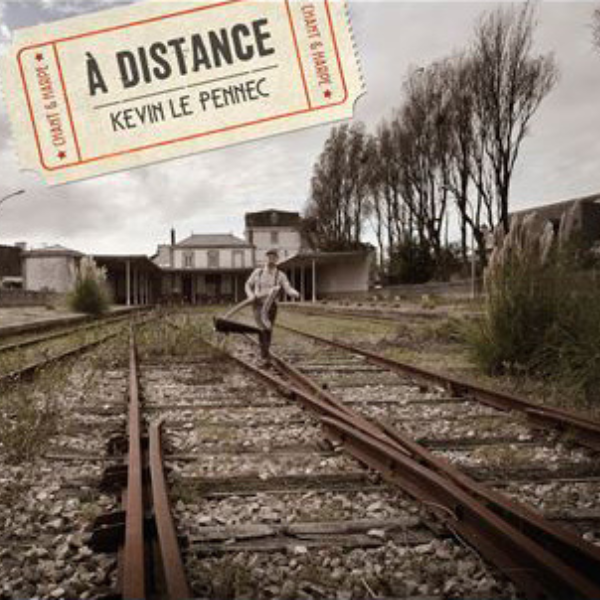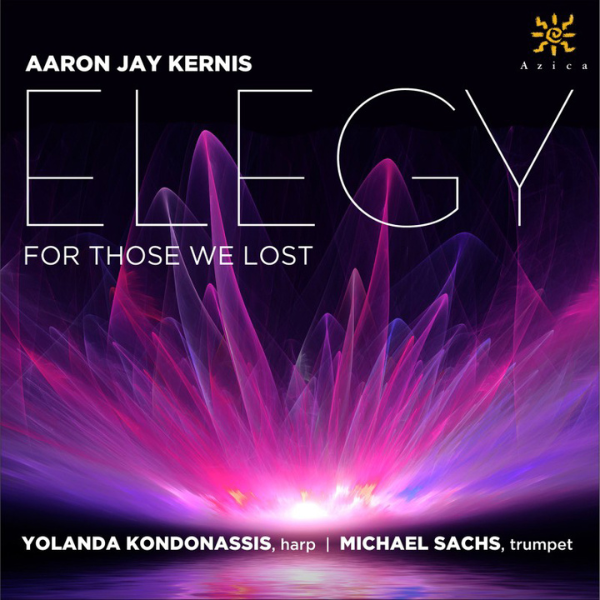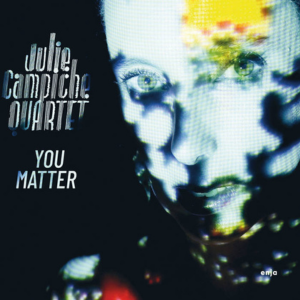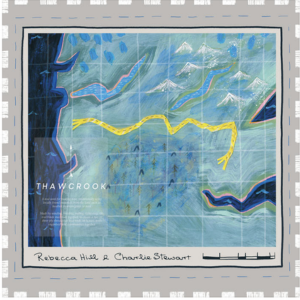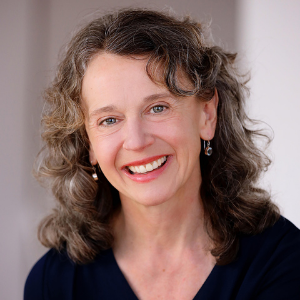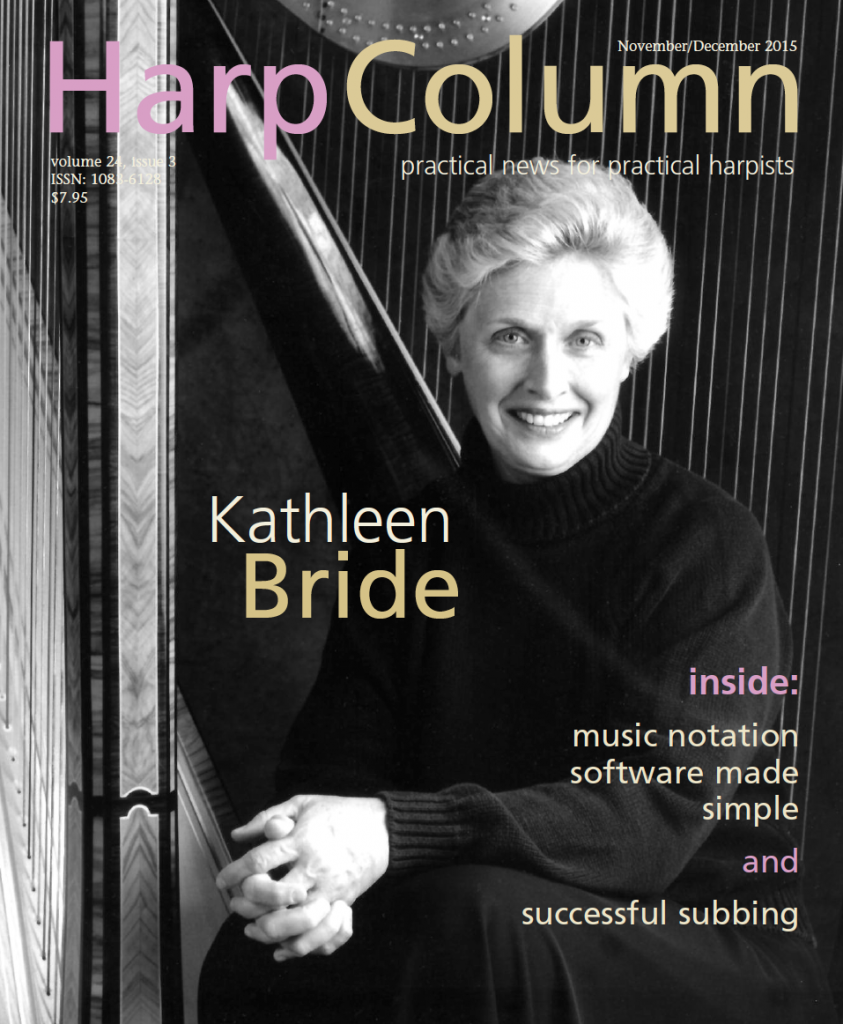
7/10
Floraleda Sacchi, harp; Maristella Patuzzi, violin; Decca, 2015.
The love affair with Astor Piazzolla seems to have reached its apex. How many more musicians are there still to “discover” his music and put their unique artistic spin on this melancholy mix of dance, music, and culture that is the tango? I confess: I too fell under the spell of Argentina and recorded my own arrangements of Piazzolla tangos—along with others—but that was nearly 20 years, almost a lifetime, ago.
That being said, I approached Floraleda Sacchi’s newest disc with a whiff of cynicism bordering on a sneer, “Well, here we go again.” So when I say this is a superb recording, know I really mean it.
Floraleda performs with her near look-alike, the model-worthy beauty, violinist Maristella Patuzzi. They included a disclaimer right up front in the liner notes that they had watched the tango danced for years from the safety of the sidelines. While the dance, to them, is sensual, Piazzolla differs in this limited opinion, taking a far more nuanced attitude to its nostalgic but insistent, hypnotic character. While his critics say he murdered the tango, he claims he only performed plastic surgery, trained in the medical school of a classically disciplined education.
With this album the duo fully reveal Piazzolla in all his complexity. They too have dug in and performed their own kind of surgery on his music. What captivated me from the start was the willingness by both musicians to explore the sonic worlds available to their respective instruments. The first measures of the disc start in the dusky, barely audible world of pizzicato, the violin melody tumbling out as though a third has interrupted to cut in on the dance and assert a new voice.
“Resurrección del ángel” is filled with longing, laziness, and a feeling that these arrangements were made up on the spot. Isn’t spontaneity what every recording artist desires, that risk-taking that seems to only happen in live concerts, where the absence of a net is incidental to the heady flush of the experience of flying?
The Four Seasons of Buenos Aires (Cuatro Estaciones Porteñas) open up all sorts of possibilities for the duo to express the turning of the earth upside down, giving the listener a completely new perspective. The scratchy, rhythmic, percussive flavor of autumn (“Otoño porteño”) is achieved by bowing behind the bridge. That contrasts with Piazzolla’s winter (“Inverno porteño”), needing a siesta with heavy eyelids, shoes kicked off, the promise of mate under the shade of brilliant golden leaves.
The most interesting find for me was the “Ave Maria,” music used in the 1984 Marco Bellocchio film Henry IV. Light and airy, it sings.
My one complaint is that often the two seemed rhythmically out of synch, the drive of the tango not always loose and on the edge of the beat. This caused some ponderous moments in what is otherwise a creative and both eye- and ear-opening album.







